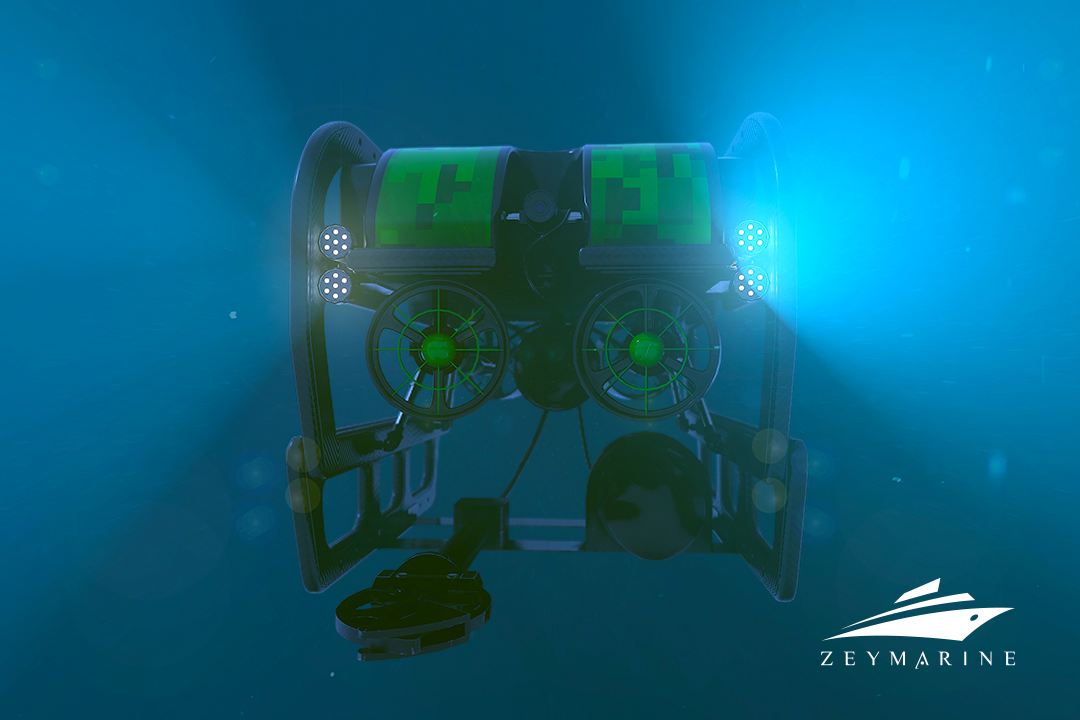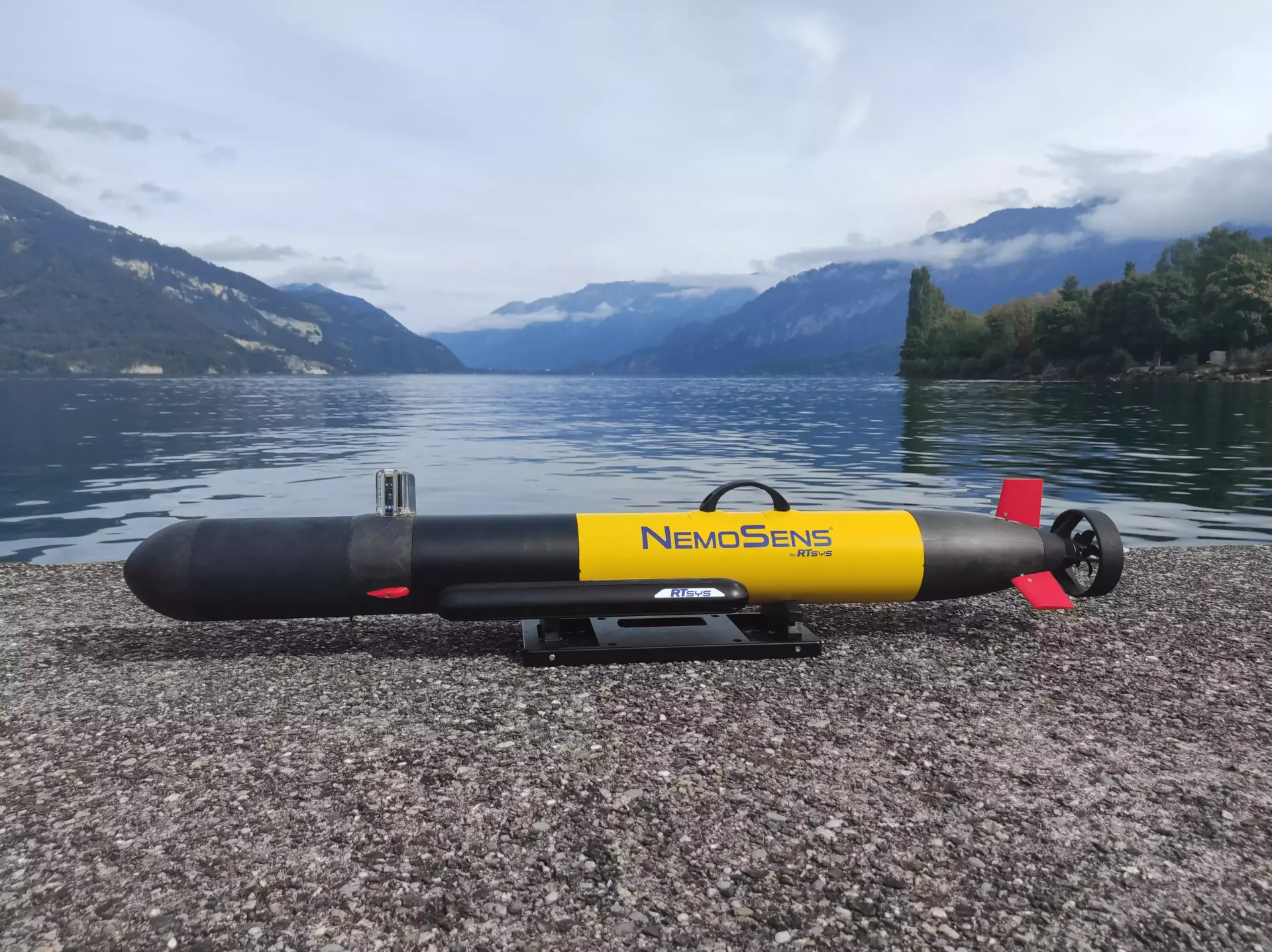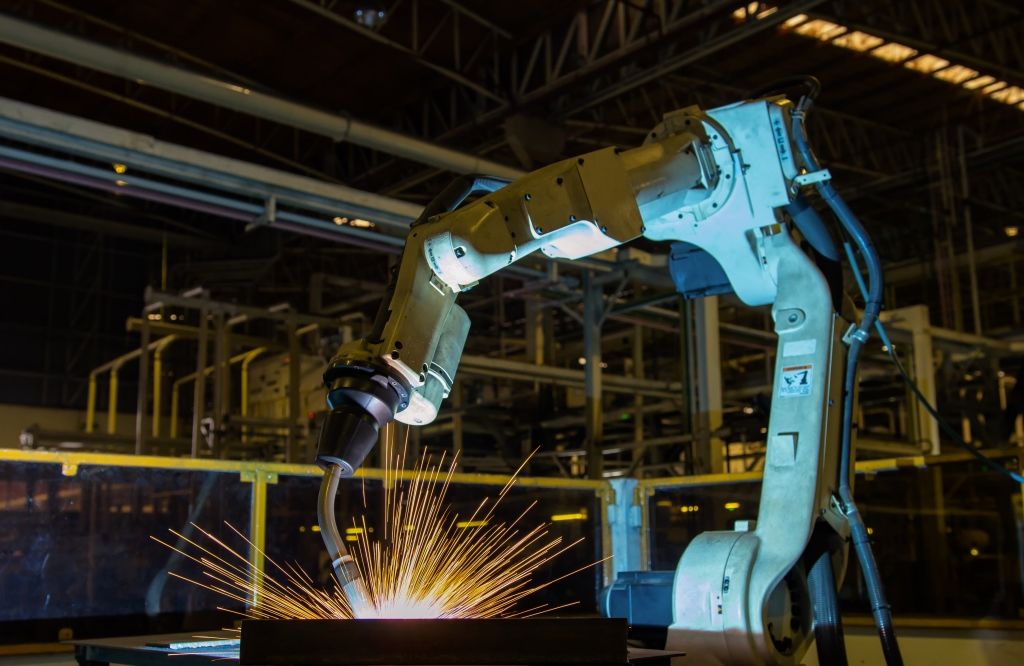The oceans may seem serene to you, that is, until you get below the surface, of course. A quiet revolution is brewing there, one that involves fleets of mechanical explorers.
Robotic underwater vehicles, such as ROVs (Remotely Operated Underwater Vehicles), AUVs (Autonomous Underwater Vehicles), and USVs (Unmanned Surface Vessels), are valuable underwater instruments with an extensive range of applications.
ROV
Oil exploration, underwater maintenance, and marine research have all long been aided by remotely operated underwater vehicles or ROVs.
These underwater devices are usually operated by an individual on a surface craft, who uses a joystick in a manner much to that of a video game. The ROV and the ship are connected by a tether, or collection of wires, which transmits electrical signals back and forth between the operator and the vehicle.
ROVs were initially created for industrial uses, such as the structural testing of offshore platforms and the internal and external examination of undersea pipelines. Today, they are utilized for a wide range of applications, many of which are scientific.
The size of a ROV can vary from that of a small computer to that of a small truck. Larger ROVs are quite heavy and require additional tools, like a winch, to be lowered into the ocean and over the side of a ship.
Numerous historic shipwrecks, such as the RMS Titanic, the Bismarck, the USS Yorktown, the SM U-111, and the SS Central America, have been identified through the use of submersible ROVs. The most recent instance of this occurred in July 2024 during a Titanic expedition that retrieved artefacts.
AUV
Do not become overly dependent on ROVs. In terms of technology, their sleek, untethered cousins, AUVs, are catching up quickly.
As their name (autonomous) implies, AUVs function without human intervention. AUVs are not physically connected to their operator, in contrast to remotely operated vehicles (ROVs), which are attached to a service vessel. Instead, operators, who could be on a ship or even on land, programme or control autonomous underwater vehicles.
When an AUV is recovered at the end of a dive, all data, including photos and other sensor data, is stored on onboard computers. This is in contrast to ROVs, which transmit video practically instantly to a control room on a ship via their tethers.
AUVs are appealing choices for ocean searches. They can access deeper water than many tethered vehicles or human divers, as well as shallower water than boats. AUVs can remain underwater for extended periods of time and are protected from inclement weather once they are deployed and submerged.
USV
Uncrewed surface vehicles, or USVs, are like boats that sail the ocean’s surface gathering atmospheric and oceanographic data, but they are not manned. USVs can be remotely controlled by operators at sea or on land, or they can be programmed to carry out pre-planned tasks and make decisions with little to no human input in real time.
USVs can be outfitted with many of the same sensors as ships, AUVs, and ROVs in addition to communications and navigational equipment. Sensors gather information about the surroundings above and below the ocean’s surface, frequently transmitting it in real time by satellite to the ship and/or the shore. Bathymetry, water temperature, salinity, dissolved oxygen, currents, wave height and period, and sound are examples of oceanographic data.
Other Marine Robotic Applications in Shipbuilding and Shipping
Many innovative new robotics systems are being developed for the shipping industry right now. The Naval Research Laboratory has constructed a firefighting robot prototype in the United States. The robot will assist humans in battling and extinguishing fires on board.
Other cutting-edge technologies that are presently in the prototype stage include hull-cleaning robots that save fuel by maintaining the hull surface free of debris and inspection robots that search cargo ships for indications of corrosion and cracks. We might also see maintenance robots in the near future, performing duties like welding and repairs.
Robotics and automated technologies are already revolutionizing shipbuilding in the current era by handling tasks like heavy lifting and welding. One of the most productive shipbuilding facilities in the world is thought to be South Korea’s Geoje Shipyard. At 68%, robotic systems handle the majority of its production processes, giving it the highest automation level in the business.
Clearly, these kinds of marine innovations have a cost-saving component. There’s also a crucial safety component. Marine robotics can function in dangerous waters without endangering human life.
This is a rapidly evolving field of marine technology, which presents chances for companies up to the challenge of contributing to the development of new and improved technologies. Improved performance will be sought after by marine robotics users in several domains.












